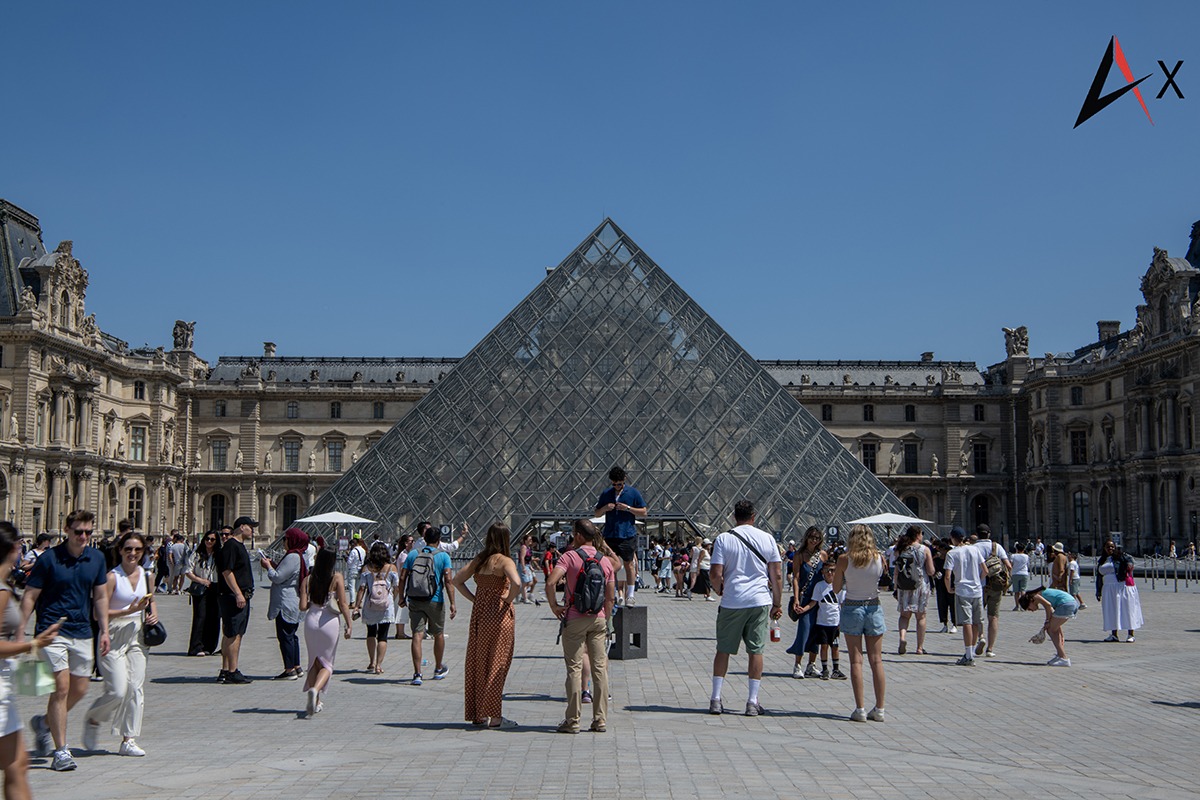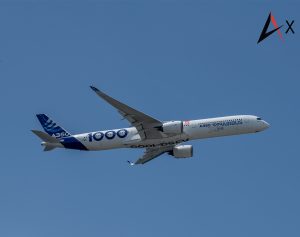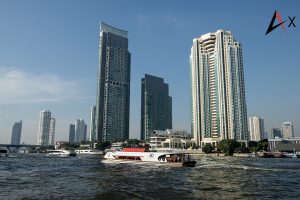U-Tapao Rayong-Pattaya International Airport is set to commence construction on its second runway this year.
Chula Sukmanop, secretary-general of the Eastern Economic Corridor (EEC), announced that the project is currently seeking a loan from the Asian Infrastructure Investment Bank (AIIB). Italian-Thai Development (ITD) has been chosen as the contractor for the project.
Deputy Secretary-General of the EEC, Tharit Issarayangyun, stated that the planning is being conducted in cooperation with the Royal Thai Navy (RTN). The new runway will measure 3,505 meters in length and will be situated 1,140 meters away from the existing runway.
The second runway is projected to handle a minimum of 70 flights per hour and accommodate large aircraft, with total investment for the project estimated at around 15.2 billion baht.
However, the EEC has expressed concerns regarding delays in the construction of a high-speed railway that will connect Don Mueang, Suvarnabhumi, and U-Tapao airports. This high-speed rail system is a flagship project of the EEC, with a contract already signed between the State Railway of Thailand (SRT) and Asia Era One, a subsidiary of the Charoen Pokphand (CP) Group. Negotiations on the project are expected to conclude this month.
According to Mr. Chula, the design and construction plan for the high-speed rail tunnel must pass beneath the new runway. The design for the tunnel has already been completed.
The construction of the runway is anticipated to take 36 months. The contract stipulates that the high-speed rail tunnel must be finished within 18 months from the start of the runway construction contract between the RTN and ITD.
Mr. Tharit mentioned that the EEC and RTN have discussed alternatives if the high-speed rail tunnel cannot be completed by early 2025. In that case, the EEC plans to propose removing this segment from the joint venture contract with Asia Era One and allowing the SRT to take over the tunnel construction to avoid impacting the runway construction.
“The SRT and Asia Era One are aware of this situation, and there is a consensus on the solution,” Mr. Tharit said.
The segment of the high-speed rail tunnel that will run beneath the runway and connect to the passenger terminal is approximately three to four kilometers long, with an estimated construction cost of 10 billion baht.
Meanwhile, Weerawat Phantawangkul, CEO of U-Tapao International Aviation, indicated that the airport development plan is expected to begin next year, with construction spanning at least five years. Three building projects are planned for a 6,500-rai area, with an initial investment of at least 100 billion baht for the first phase of renovations.














